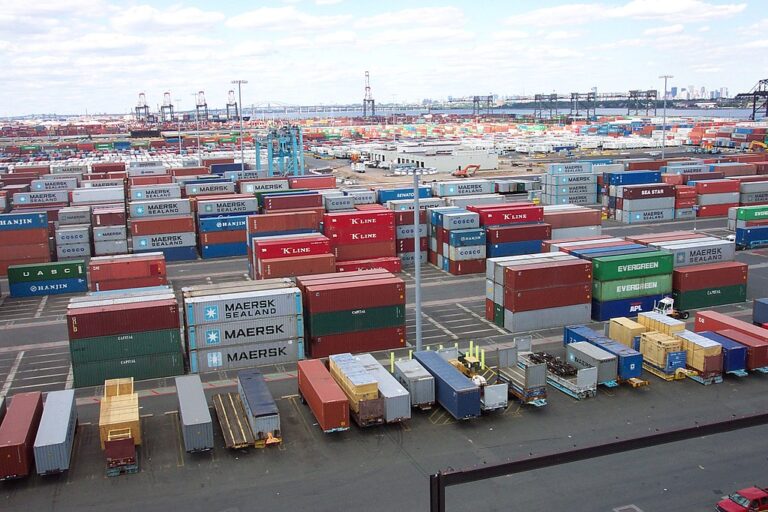The production capacity of India will reach 50 GW to 55 GW against tax 2027, from 10 GW at the end of the Tax 2024, says Crisil Ratings
Crisil Ratings said that a new report that the production capacity of India will reach the production capacity of solar cells 50 GW to 55 GW against tax 2027, from 10 GW at the end of the tax 2024. It claimed that the government policy aimed at reducing The PV -cell and module import will send the expansion.
It said that the expansion will require the capital expenditures of INR 280 billion ($ 3.2 billion) to InR 300 billion, probably financed via a 70:30 Debt-Equity mix. The company, which analyzes four domestic manufacturers that represent 54% of the total cell capacity from March 31, 2024, noted that strong balance sheets and solid cash over -records will support credit quality.
The ‘Make in India’ initiative, reinforced by policy measures aimed at reducing the import of cells and modules, will manage the backward integration strategies of module manufacturers, leading to higher capacity of domestic cell.
The production capacity of the India’s modules reached 60 GW in March 2024, an increase of 7 GW in March 2020, which reduces the import of module to 25% of the total consumption this financial year in 2024. the primary supplier.
Limited domestic cell production can increase trust in import as the renewable capacity grows. Crisil Ratings said that India will add 60 GW to 65 GW solar capacity in the next two tax years until 2027.
Crisil Ratings Director Ankit Hakhu said that the implementation of the approved list of models and manufacturers (ALMM) will support local production from 1 June, together with the production -linked Incentive (PLI) schedule and domestic content requirements. These measures have led to the announcements of cell capacity expansion of 45 GW to 50 GW, which will increase the total cell production capacity of India to around 55 GW in the next two tax years.
The use of cells manufactured in their own country can catch 70% to 80% of the module costs in India, compared to 40% to 50% without them. The share of domestic module capacity that is supported by local cell production is expected to increase to more than 50%, an increase of less than 15% in tax 2024.
“Despite the extensive Capex, the average annual Capex intensity will not increase materially-projected at 1.3 to 1.5 times during the three years until the tax 2027 compared to the last three taxes,” said Ankush Tyagi, Athe Ssociate Director from Krisere reviews. “This will be supported by the expansion in the profit -based driven by the increased module capacity in recent years and robust operational margins supported by the implementation of Almm.”
Tyagi added that the strong demand prospects are expected to keep Capex’s payback time on a healthy four to five years. Only modules and cells mentioned under Almm lists I and II are eligible for government or government-assisted projects, open access projects and network projects, including those who sell power to the government. Currently, only domestic manufacturers are registered under Almm.
It is expected that cells manufactured in their own country are 80% to 90% more costs than import due to higher Wafer-to-cell conversion costs, limited scale benefits and Chinese dumping. Although the PLI and other government schemes can help compensate for some of these costs, developers of the solar project can still see higher project costs. Persistent policy support due to non-tariff measures such as ALCM and ALMM remains essential to stimulate the demand for locally made cells and modules.
This content is protected by copyright and may not be reused. If you want to work with us and reuse part of our content, please contact: editors@pv-magazine.com.


